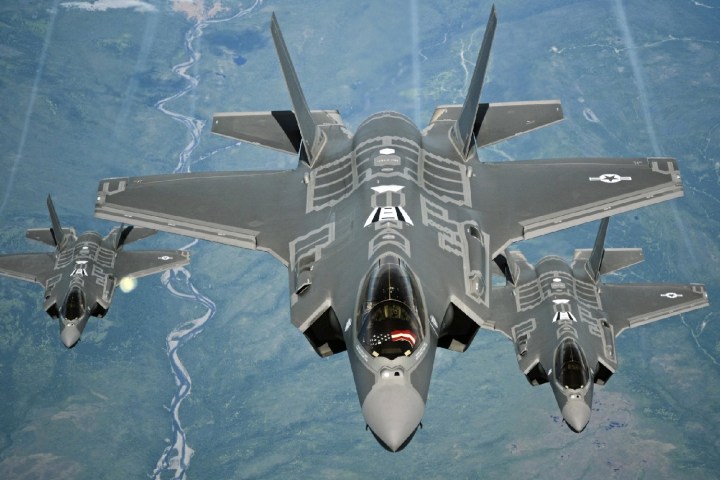
The program was first launched way back in 2001 and awarded to Lockheed Martin, but has been delayed multiple times since due to technical challenges and other issues. These included problems with radar software and a dangerously increased likelihood of neck injury to lighter-weight pilots ejected from the aircraft. The cutting-edge jets were also allegedly outmaneuvered by the older F-16 fighter jets in mock dogfights.
The problems helped drive the the total cost of the F-35 project to $379 billion — almost 70 percent more than the original estimate.
Nonetheless, according to the program’s chief, Lt. Gen. Chris Bogdan, it’s finally living up to its hype. “The U.S. Air Force decision to make the 15 F-35As … combat-ready sends a simple and powerful message to America’s friends and foes alike – the F-35 can do its mission,” he is quoted as saying.
The U.S. Air Force has announced plans to purchase an impressive total of 1,763 F-35A conventional takeoff-and-landing jets in coming years, which will give it the largest F-35 fleet anywhere in the world. Lockheed will also build F-35 Lightning II jets for Britain, Australia, Norway, Italy, Turkey, Denmark, the Netherlands, Israel, South Korea, and Japan.
Not everyone is in a celebratory mood, however. “The program is not doing everything they wanted it to do,” Todd Harrison, a defense analyst at the Center for Strategic and International Studies, said.
Dan Grazier of the Project on Government Oversight said calling the jets combat ready is “nothing but a public relations stunt,” and that it won’t be possible to know this for certain until operational testing can be carried out.
The Pentagon’s F-35 program office reportedly remains in talks with Lockheed about delayed contracts for its next batches of F-35 jets, while efforts are also underway to try and drive down the cost of the new planes to $85 million per jet by 2019.
Editors' Recommendations
- Autonomous drones are helping to keep a U.S. Air Force base in California secure
- U.S. Air Force’s secretive space plane bags prestigious aerospace award
- SpaceX and United Launch Alliance win launch contracts for U.S. Air Force
- The U.S. Space Force launched its first nuclear-ready ballistic missile test
- The U.S. Air Force’s secretive space plane ends record-breaking mission


